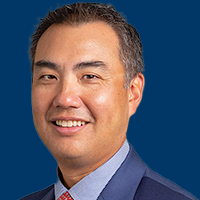Dr. Willmott on Mechanisms of Resistance in Ovarian Cancer
Lyndsay J. Willmott, MD, gynecologic oncologist, Arizona Oncology, discusses the mechanisms of resistance to PARP inhibitors that have been identified in ovarian cancer.
Lyndsay J. Willmott, MD, gynecologic oncologist, Arizona Oncology, discusses the mechanisms of resistance to PARP inhibitors that have been identified in ovarian cancer.
Tumor cells in reversion mutations can revert to BRCA wild-type and can confer resistance to PARP inhibitors. There can also be upregulation of other types of cell cycle repair such as non-homologous end joining, which is a type of alternative repair in cells that have BRCA defaults. Halting the replication fork can also lead to PARP inhibitor resistance.
There can be other acquired types of resistance such as increased efflux of the PARP inhibitor out of the cell, so that it is no longer available for its mechanism of action. PARP inhibitors can sometimes exploit these abnormalities in cell cycle regulation. If you can alter some of these things like cycle independent kinases, that may enable increased PARP activity. There are certainly a number of mechanisms that are being evaluated to see if we can shut down or turn up other systems to allow the inhibitor to remain effective, says Willmott.



